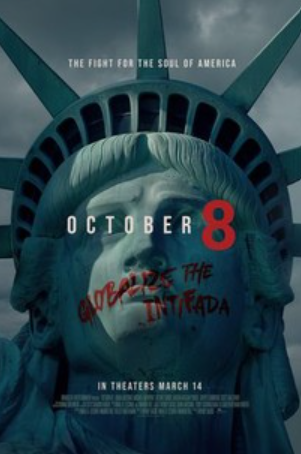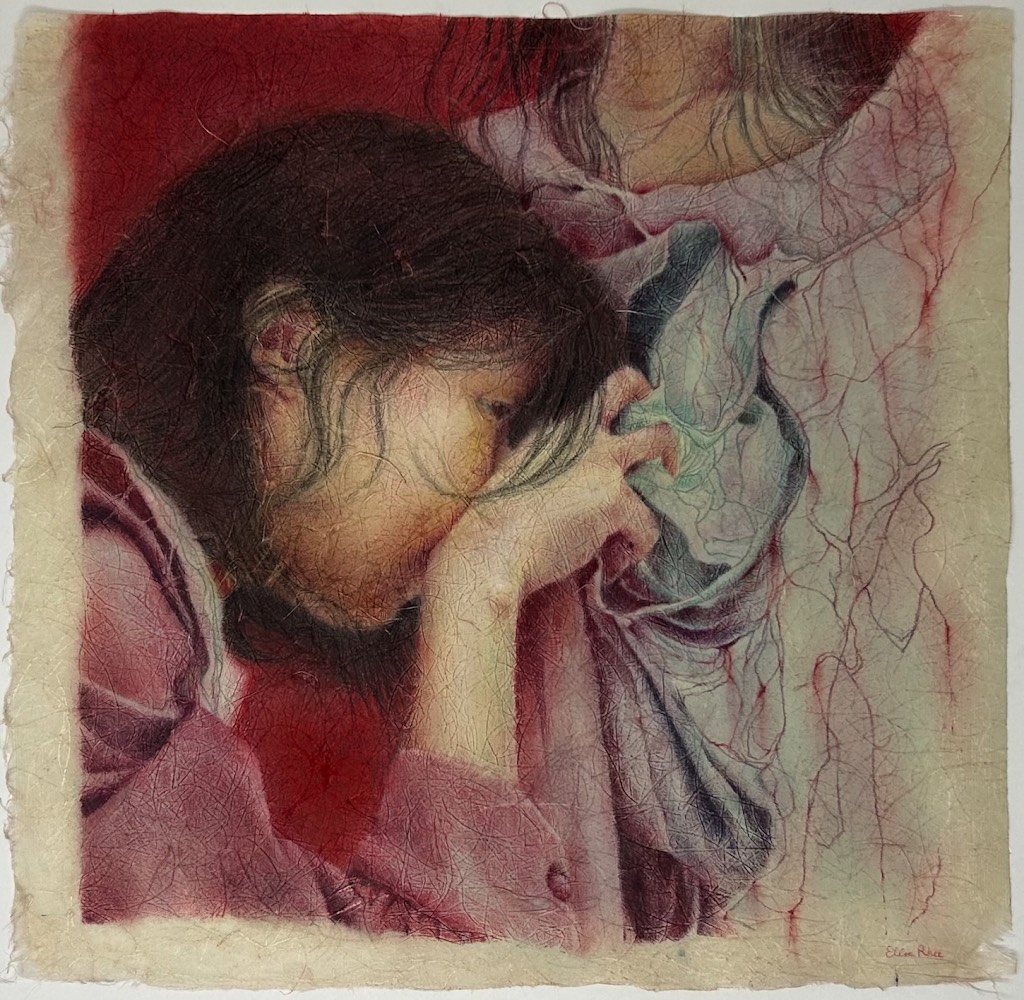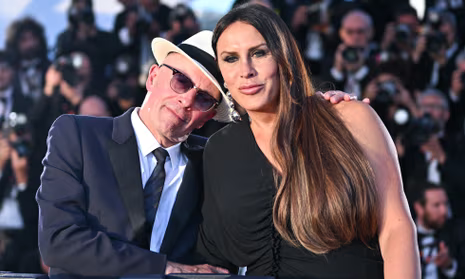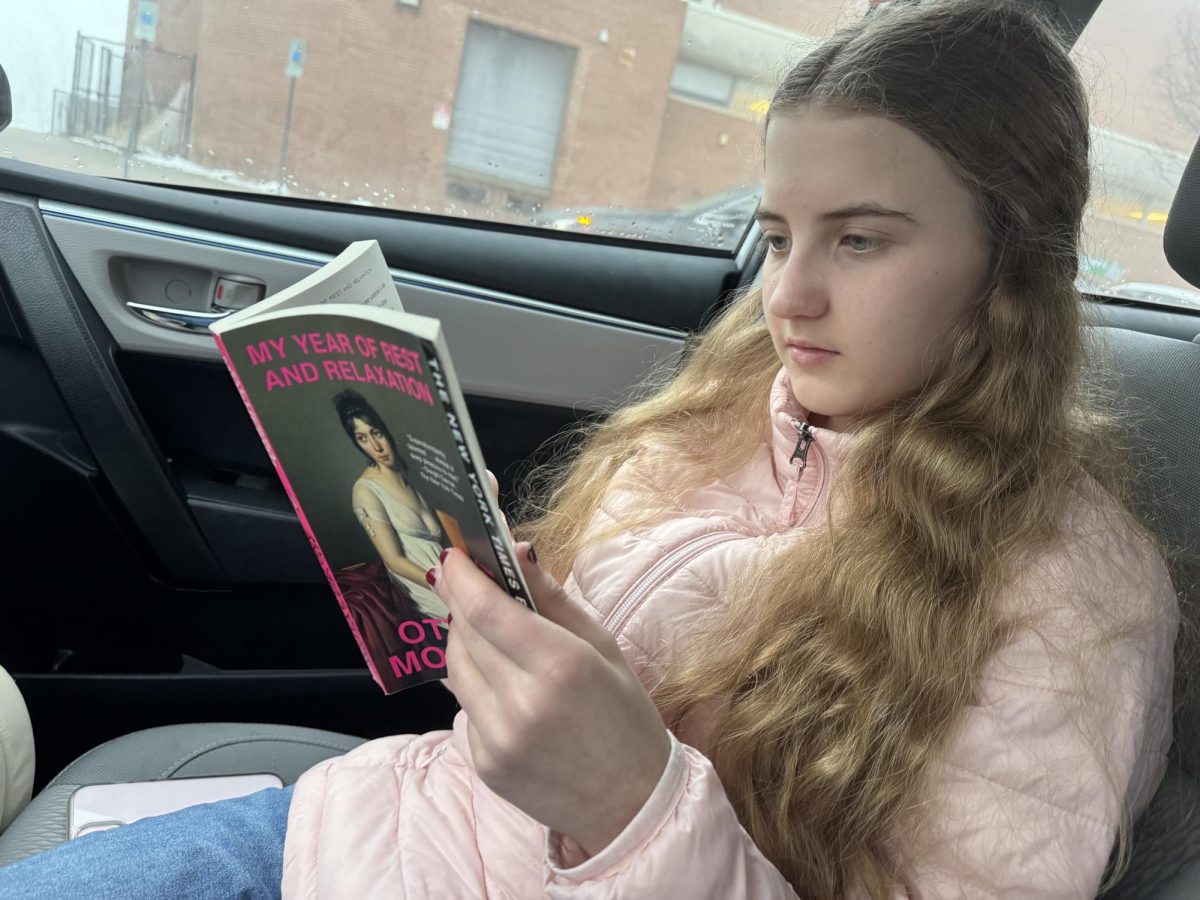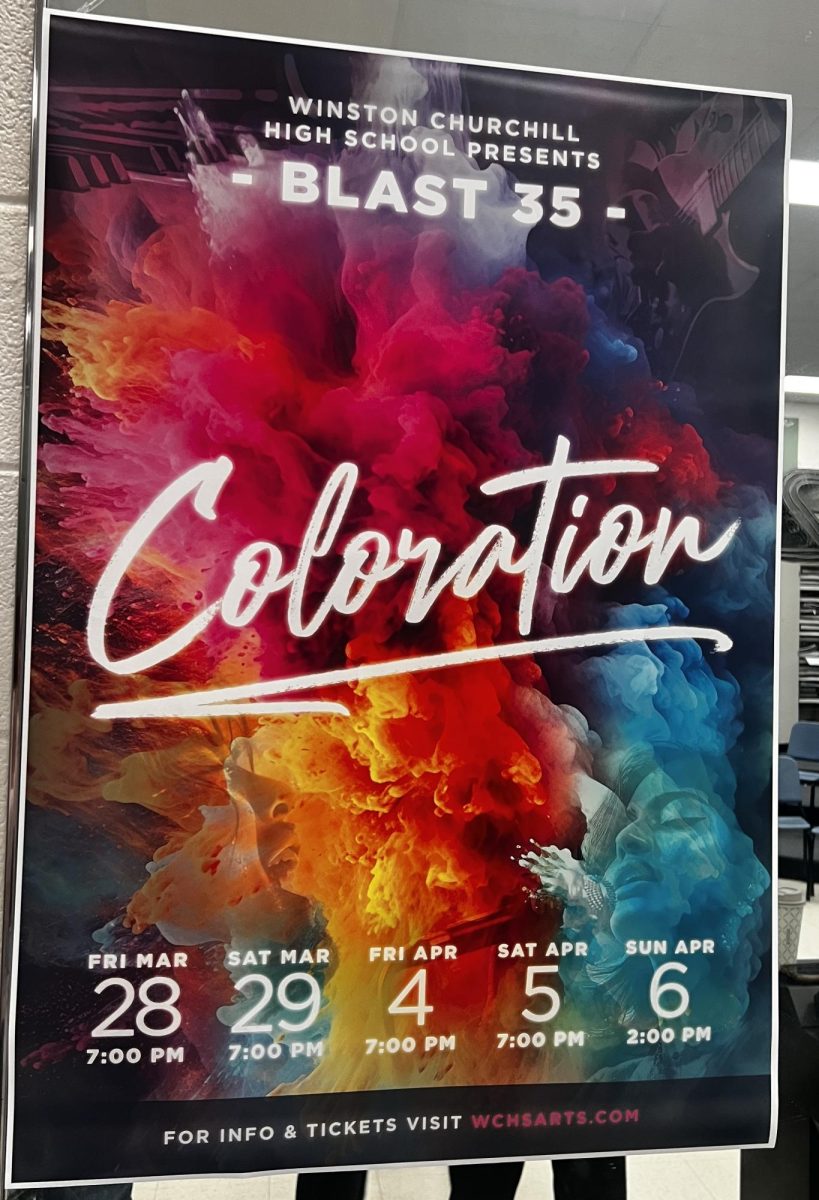On ABC’s Modern Family, Cam and Mitchell liven the show with their quick wit and complementary personalities. But they are not only a hilarious couple; they also help make up a handful of television characters that represent the lesbian, gay, bisexual, transgender and questioning (LGBTQ) community.
According to Gay & Lesbian Alliance Against Defamation’s 2010-2011 Where We Are on TV report, 23 of the 587 regular characters on the major broadcast networks are LGBTQ. ABC holds the highest percentage of the five networks with 7.2 percent of its regular characters being LGBTQ.
“[Television] shows include more gay roles nowadays to reflect the diversity that exists in America,” junior Sarah Adams said.
Representing the LGBTQ population in television helps to inform audiences of the difficulties that members of the LGBTQ community face each day. Although the number of LGBTQ characters has significantly increased from a mere decade ago, some argue that they are still underrepresented in television.
“Most of these shows only have one or two gay characters who are surrounded by straight characters,” junior Aura Chapa said. “There are more gay people at an average high school [than there are shown on television], so the representation isn’t proportional to reality.”
The original intention of incorporating LGBTQ characters into television shows may have been to depict the diversity of society; however, its unvarying portrayals of gays often tend to come off as stereotypical.
“Television stereotypes gays as having high voices, an interesting style and feminine gestures,” Adams said.
According to Chapa, while some LGBTQ people are examples of the stereotype, others exhibit various personalities and traits that are left unseen. Directors and writers neglect this truth when creating LGBTQ roles because it challenges the “marketable image” of the stereotypical gay character.
Still, there are some instances in which shows have resisted giving LGBTQ characters stereotypical qualities.
“Modern Family’s ‘The Kiss’ episode debunked the stereotype that gay men are all in your face when Mitchell [showed his discomfort] with kissing Cam in front of his family,” Ceramics, Sculpture and Digital Art teacher Brendan Roddy said.
Despite the inferences that can be made about people in the LGBTQ community because of depictions on television, it is important to keep in mind that whole groups cannot be defined by characteristics other than those that differentiate them to begin with.
“There’s only one indication that someone is homosexual, and that is that they are homosexual,” junior Hal Zeitlin said. “There should be no stereotypes qualifying what homosexuals are like or how they act.”
Though television shows often feed into stereotypes of the LGBTQ community from time to time, all viewers must remain aware that there are stereotypes on all groups of people that are not necessarily correct.
“In light of the recent suicides, including the student at Rutgers [University], it is important to know that it does get better,” Roddy said. “There was a point when I realized that everyone’s different and nobody fits a certain stereotype.”


